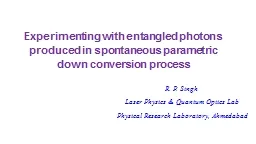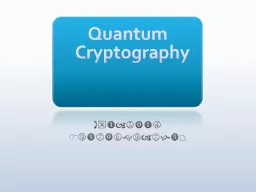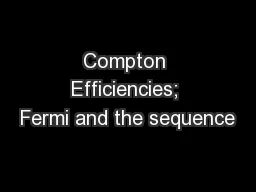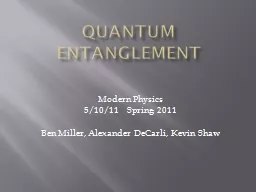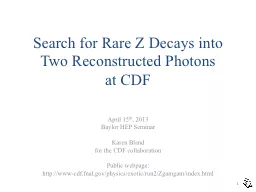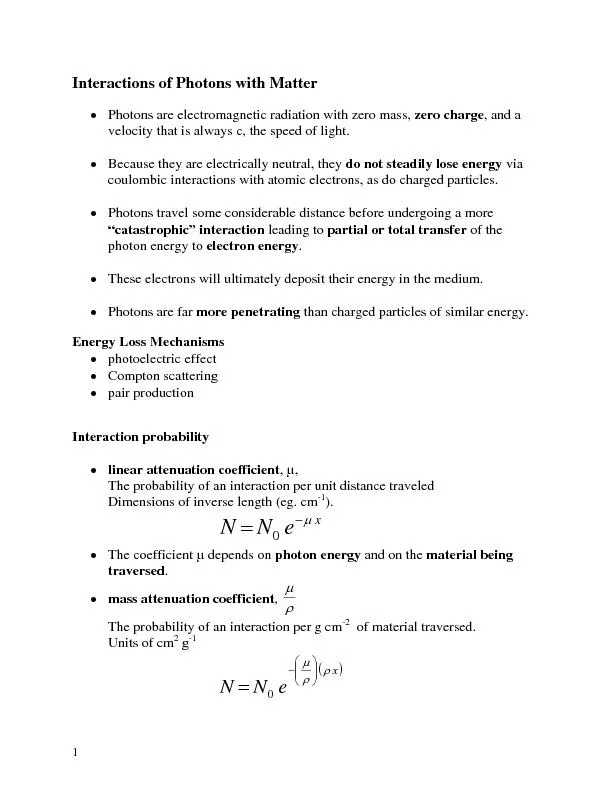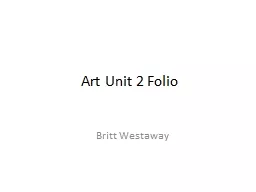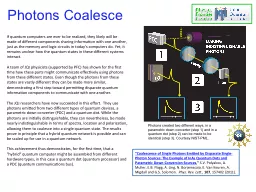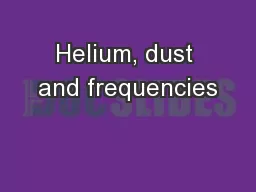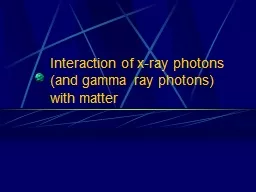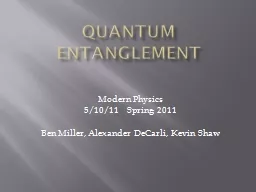PPT-Experimenting with entangled photons produced in spontaneou
Author : danika-pritchard | Published Date : 2016-09-10
R P Singh Laser Physics amp Quantum Optics Lab Physical Research Laboratory Ahmedabad Our group J Banarjee G Samanta Ali Anwar M V Jabir S G Reddy A Aadhi Nijil
Presentation Embed Code
Download Presentation
Download Presentation The PPT/PDF document "Experimenting with entangled photons pro..." is the property of its rightful owner. Permission is granted to download and print the materials on this website for personal, non-commercial use only, and to display it on your personal computer provided you do not modify the materials and that you retain all copyright notices contained in the materials. By downloading content from our website, you accept the terms of this agreement.
Experimenting with entangled photons produced in spontaneou: Transcript
Download Rules Of Document
"Experimenting with entangled photons produced in spontaneou"The content belongs to its owner. You may download and print it for personal use, without modification, and keep all copyright notices. By downloading, you agree to these terms.
Related Documents

